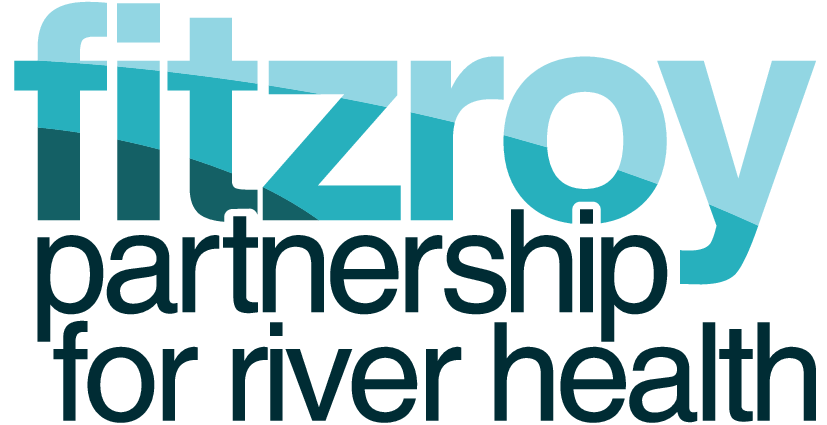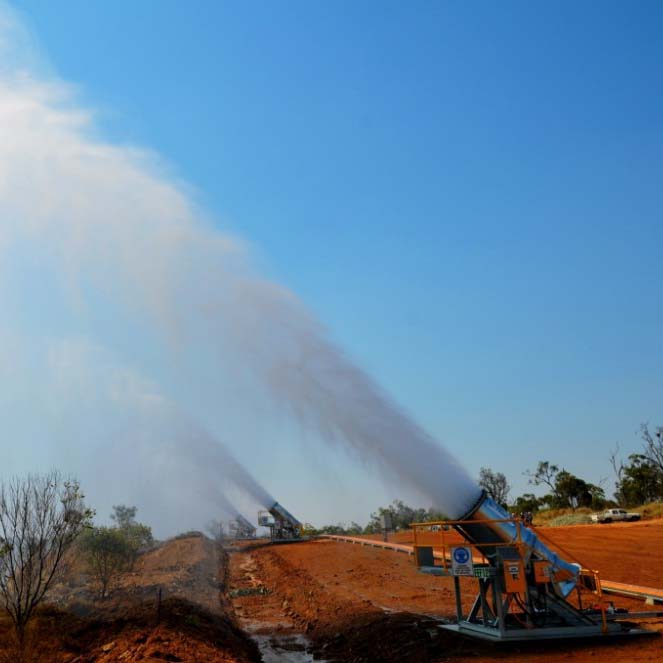Innovative water management at Glencore’s Oaky Creek
As a result of above average rainfall over the last five years and limited mine water release opportunities, many of the coal mines in the Fitzroy Basin are operating above their water management capacity. On-site storage of excess mine-affected water causes mining inefficiencies, but excessive release of the water into natural waterways can be problematic because of high salinity, sulfate and in some cases metal and metalloid concentrations above water quality guidelines for ecosystem protection.
Glencore operates four coal mines in Queensland, one of which is in the Mackenzie catchment of the Fitzroy Basin. The Oaky Creek underground coal mining complex was one of the mines adversely affected by a build-up of mine-affected water. All of Glencore’s Queensland mines have comprehensive water management strategies in place to manage the droughts and floods that are part of Central Queensland’s climate. The strategies ensure that Glencore:
- Operates in accordance with their environmental authorities
- Minimises impacts on local waterways and groundwater systems
- Uses water efficiently
- Protects mining operations from flooding
- Plans for and provides sufficient water infrastructure to support mining.
However in the case of Oaky Creek Mine, the problem of excess mine-affected water acted as a trigger for Glencore to look closely at its water use and management initiatives and develop innovative solutions.
[page_divider type=”coal_truck”]Case study[/page_divider]
Instead of planning for release to natural waterways of the approximately 10 GL of excess mine-affected water at Oaky Creek Mine, Glencore has rolled out a multi-method water management strategy. Developed with input from specialist consultancies, the new strategy aims to reduce the amount of mine-affected water held on site by as much as 40 per cent over the next five years.
The Oaky Creek mine water management strategy works to both reduce the amount of excess mine-affected water stored at the mine site and reduce the use of raw water extracted from offsite surface water supplies for use in mining operations.
The key component of Oaky Creek’s water management program has been construction of an $8.5 million Reverse Osmosis Water Treatment Plant that is capable of treating 6ML of mine-affected water per day, replacing almost all of the raw water that was previously brought in from Bedford Weir for use in mining operations. This has made the site relatively self-sufficient and no long reliant on the SunWater water supply scheme.
The water treatment plant has drastically reduced consumption of raw water across the site. In fact, the mine’s annual raw water usage has reduced by more than 25 billion litres – equivalent to 1000 Olympic swimming pools. This represents a net water usage reduction of 90 per cent each year.
In addition, Oaky Creek’s water management strategy also included:
- Installation of 38 evaporative fans to reduce the volume of excess stored water for a period of approximately 18 months (at a cost of around $1600/ML)
- An upgrade of the controlled water release system at Lake Leghorn to facilitate releases when conditions are appropriate (i.e.during periods of high natural flow)
- Improvement of drainage systems from rehabilitated areas on the mine site so that clean water doesn’t flow from overland into the mine-affected storage pits
- Construction of a new $1.1 million levee and open cut work area to assist with clean water separation and flood protection (again reducing overland flows into mine water storages)
- Hiring additional water trucks which spray mine-affected water onto coal, suppressing dust and increasing water evaporation, at an annual operating cost of about $4 million.
Glencore seeks engagement in water management across the whole worksite and employees in the site’s two underground mines and the coal preparation plant have been encouraged to identify and act on opportunities for water reduction and re-use.
[page_divider type=”mist_on_river”]Benefits of better water management[/page_divider]
Education of Oaky Creek’s miners is another important part of the mine’s water management strategy. This resulted in water consumption underground being reduced by approximately 50 per cent.
In the underground operations, water usage has been reduced from an average of 6ML/day to 3ML/day through installation of flow-meters on all sections of the mines to track performance, alert staff to possible leaks, and set performance targets. Solenoid-controlled sprays on all conveyor belts also reduced water wastage. The strategy has restored the site to a neutral water balance. This makes the site sustainable in long term water management preventing the accumulation of mine water in the final voids.
Changes were also made to optimise use of mine-affected water in coal processing at the coal preparation plant, once one of Oaky Creek’s highest raw water users.
Following the success at Oaky Creek, Glencore is rolling out the most effective water management strategies to its other Queensland mines, starting with the open-cut Collinsville mine where a pilot plant is currently assessing suitable treatment technologies. Glencore is also investigating opportunities to provide neighbouring agricultural properties with treated water for use in irrigation and stock watering, further reducing the extraction pressures on natural waterways.
[page_divider type=”ripple”]
“Developed with input from specialist consultancies,
the strategy aims to reduce the amount of mine-affected
water held on site by as much as 40 per cent
over the next five years.”
Glencore Manager – Water Infrastructure, Stephen Downes
[/page_divider]
Links:
http://www.xstratacoal.com/EN/Pages/default.aspx
Case study framework developed by Rachel Eberhard : Design by Nicole Dendle : Text by Nicole Flint : Thanks to case study organisation



